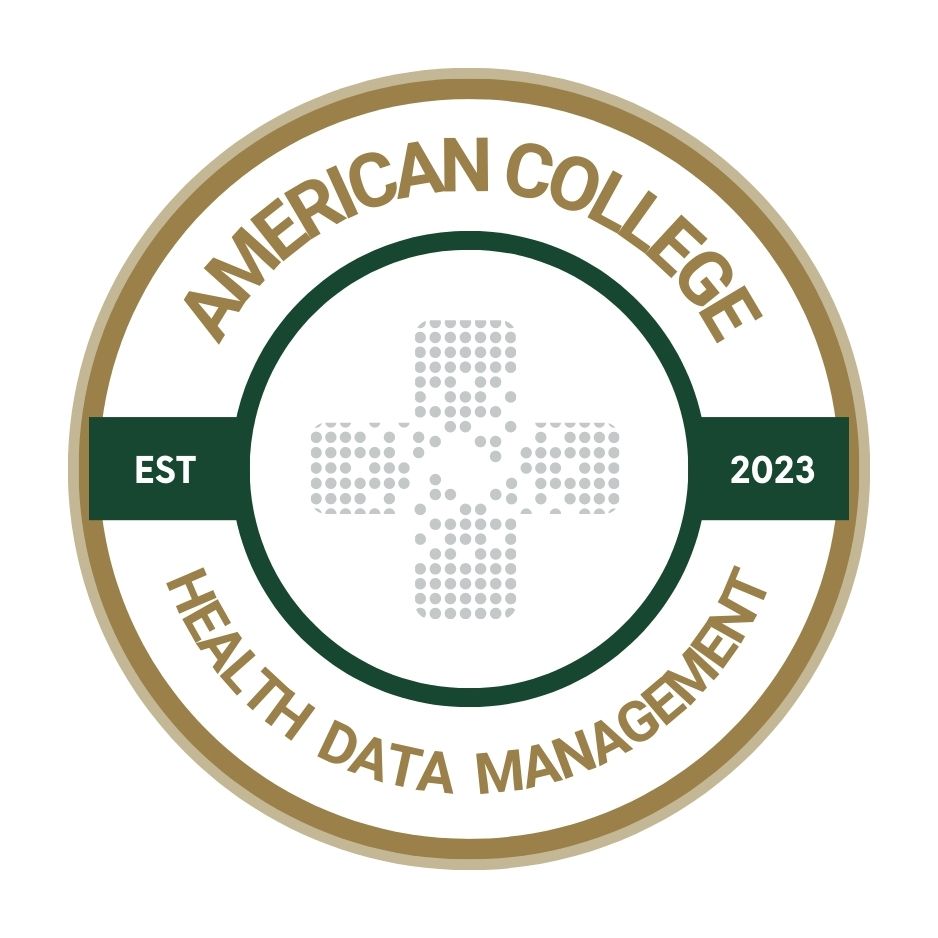Leveraging human-centered design to benefit health workers
A thoughtful approach prioritizes the needs of all healthcare workers, enhances adoption and usability, and fosters a positive environment.

Healthcare organizations continue to grapple with the growing crisis of clinician burnout, exacerbated by inefficient technology, administrative burdens and overwhelming workloads. While technology is often cited as a major contributor to the problem of burnout, it also holds immense potential to alleviate stress and support the well-being of providers.
Chief information officers are uniquely positioned to drive meaningful change by applying human-centered design principles to health IT, truly listening to the front line and valuing well-being indicators alongside cost and productivity factors.
This approach prioritizes the needs of all healthcare workers, enhances adoption and usability, and fosters a work environment that prioritizes well-being.
Human-centered design: The missing link
Historically, electronic health record systems and other digital tools have been designed with compliance and billing in mind rather than the needs of clinicians. The result has been cumbersome user interfaces, redundant data entry and a sense that technology creates more work rather than streamlining care delivery.
By leveraging human-centered design thinking, healthcare leaders can reimagine technology as a tool that enhances rather than hinders clinical practice. Human-centered design emphasizes the following.
Addressing burnout through innovation
Augusta Health has been at the forefront of using innovative technologies to mitigate burnout and enhance clinician satisfaction. One such initiative is an ongoing pilot of Ambient Notes for Athena, which Augusta Health has chosen as its project for the Caring for Caregivers initiative led by the Dr. Lorna Breen Heroes’ Foundation.
This ambient listening project addresses the problem of overwhelming daily cognitive burden loads and time-consuming documentation requirements for physicians by leveraging natural language processing and generative AI to support providers in ambulatory practices.
Ambient documentation tools function as AI-driven medical scribes, listening to patient-provider interactions and automatically generating structured notes. This not only enables clinicians to focus on meaningful patient engagement during visits but also provides a first draft of the visit documentation, meaning doctors start with meaningful, accurate notes rather than a blank page after they have time to review their documentation for the day.
Early results from the project indicate:
Such initiatives illustrate how CIOs can lead the charge in applying AI and automation thoughtfully, not as mere efficiency tools but as mechanisms for restoring the joy of practicing medicine.
Implementing a human-centered EHR replacement
Looking ahead, Augusta Health has embarked on a system-wide EHR replacement initiative which began in March 2025 and is expected to extend through 2026 and beyond. This transformation will be guided by the core tenets of human-centered design, ensuring that the new system prioritizes ease of use, efficiency, and workforce well-being.
Key strategies for a human-centered EHR implementation include the following.
Interdisciplinary, collaborative design. Engaging providers, nurses, allied health professionals, ancillary services, IT, operational leaders — everyone impacted by the workflow changes— early in the process to ensure the system is intentionally designed to create an excellent experience for our clinicians and all members of our healthcare workforce.
Iterative testing. Prototyping and refining the system based on real-world patient and user feedback that views each release as one step in a continuous improvement process.
Seamless integration of AI-driven documentation tools. Expanding the use of generative AI and NLP to optimize charting and reduce cognitive burden.
User engagement and support. Ensuring robust, ongoing education so patients and team members can maximize the benefits of new digital tools.
Empowering, not overburdening, clinicians
The role of technology in healthcare must evolve from being a source of frustration to a catalyst for workforce well-being.
CIOs have a responsibility to champion this shift by advocating for solutions that are designed for and with clinicians and all health system team members.
By leveraging human-centered design principles, organizations can create an environment where technology serves its intended purpose — enhancing efficiency, supporting an engaged and efficient workforce, and ultimately improving patient care.
As the healthcare industry navigates an era of rapid digital transformation, the success of initiatives like Augusta Health’s Ambient Notes initiative and EHR redesign will serve as blueprints for a future where technology empowers, rather than encumbers, those on the frontlines of care.
The coming years present an opportunity to rethink not just the tools used to deliver healthcare, but also the philosophy guiding their development and implementation. If done correctly, these changes will not only reduce burnout but also help create a sustainable, resilient healthcare workforce and a well-informed and well cared for patient community.
Leigh Williams is a Fellow of the American College of Health Data Management.
